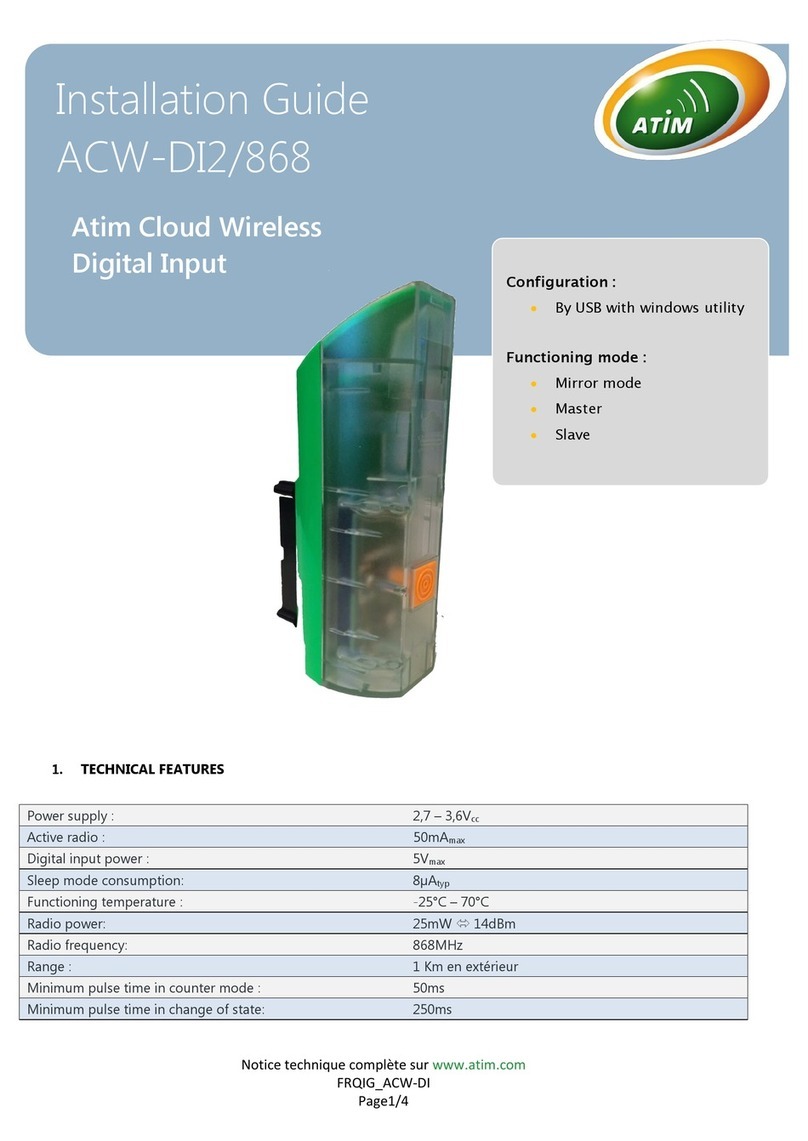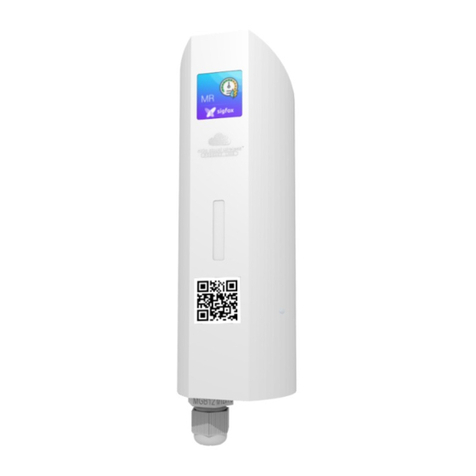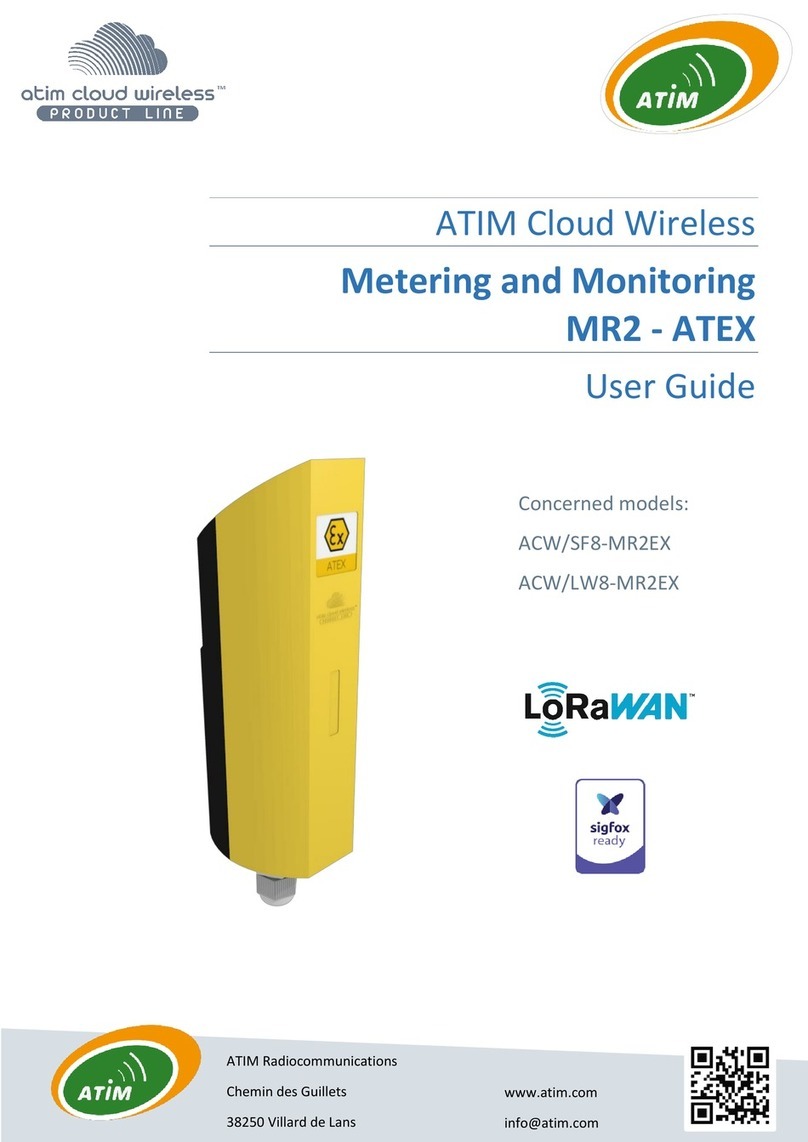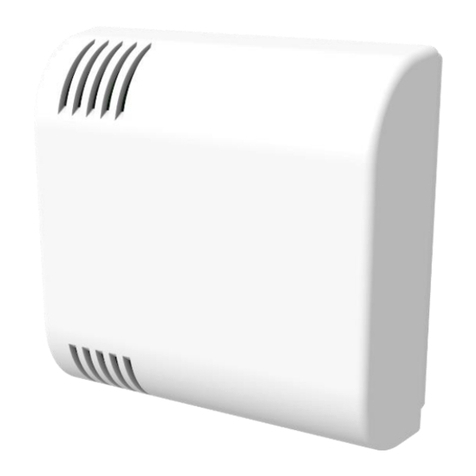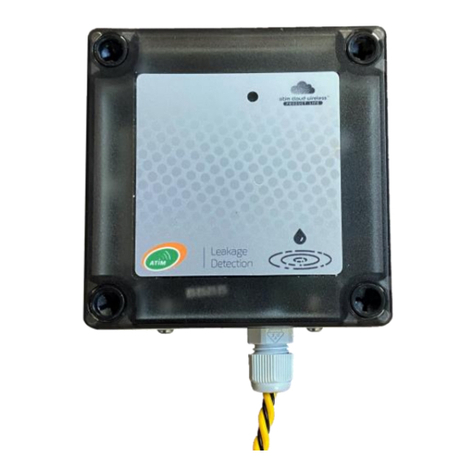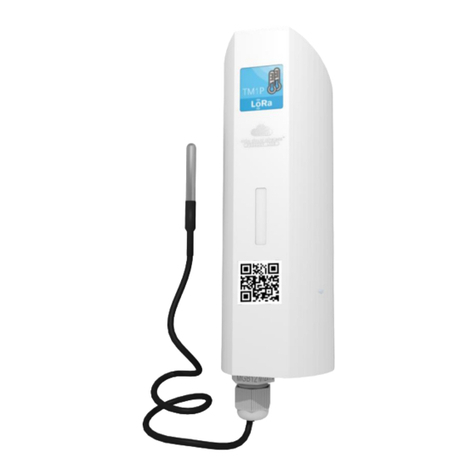2
ATIM_ACW-LVL_UG_EN_V1.0
Table of contents
THIS USER GUIDE IS APPLICABLE TO THE FOLLOWING REFERENCES.................................................................................................. 4
DOCUMENT VERSION HISTORY........................................................................................................................................................... 4
DISCLAIMER ........................................................................................................................................................................................ 4
TRADEMARKS AND COPYRIGHT.......................................................................................................................................................... 4
DECLARATION OF COMPLIANCE ......................................................................................................................................................... 5
RADIO.................................................................................................................................................................................................. 6
PRELUDE.............................................................................................................................................................................................. 7
TECHNICAL SPECIFICATIONS ............................................................................................................................................................... 8
PRODUCT .................................................................................................................................................................................. 8
SENSORS’SPECIFIC ...................................................................................................................................................................... 8
CASING................................................................................................................................................................................................ 9
FOOTPRINT................................................................................................................................................................................ 9
FASTENERS ................................................................................................................................................................................ 9
PRODUCT IDENTIFICATION .......................................................................................................................................................... 11
INSTALLATION AND DISMANTLING ................................................................................................................................................ 12
INSTALLATION .......................................................................................................................................................................... 12
MAGNET POSITION.................................................................................................................................................................... 13
OPERATING ....................................................................................................................................................................................... 14
OPERATING MODES................................................................................................................................................................... 14
PRODUCT START-UP .................................................................................................................................................................. 15
TEST FRAME EMISSION............................................................................................................................................................... 15
DEEP SLEEP SETUP..................................................................................................................................................................... 15
RADIO MODULE ACTIVITY............................................................................................................................................................ 15
BATTERY PASSIVATION ............................................................................................................................................................... 16
ACW CONFIGURATOR ....................................................................................................................................................................... 17
COMPATIBLE CONFIGURATOR VERSION.......................................................................................................................................... 17
ACW-LVL SETUP ..................................................................................................................................................................... 18
Emission period and samples in the frame............................................................................................................................... 18
Keep alive frame period ........................................................................................................................................................... 19
Frame timestamp ..................................................................................................................................................................... 19
Radio module configuration..................................................................................................................................................... 19
Product versions ....................................................................................................................................................................... 19
Sensors configuration............................................................................................................................................................... 19
Distance threshold setup.......................................................................................................................................................... 19
Setup validation ....................................................................................................................................................................... 19
FACTORY SETTINGS.................................................................................................................................................................... 20
UPDATES OF ACW.................................................................................................................................................................... 21
FRAMES FORMAT.............................................................................................................................................................................. 22
SIGFOX AND LORAWAN............................................................................................................................................................ 22
Classic frame ............................................................................................................................................................................ 22
Measurement frame ................................................................................................................................................................ 23
Alert frame ............................................................................................................................................................................... 24
Keep-alive frame ...................................................................................................................................................................... 25
Error frame ............................................................................................................................................................................... 25
EXAMPLES OF FRAMES ............................................................................................................................................................... 27
Measurement frame ................................................................................................................................................................ 27












